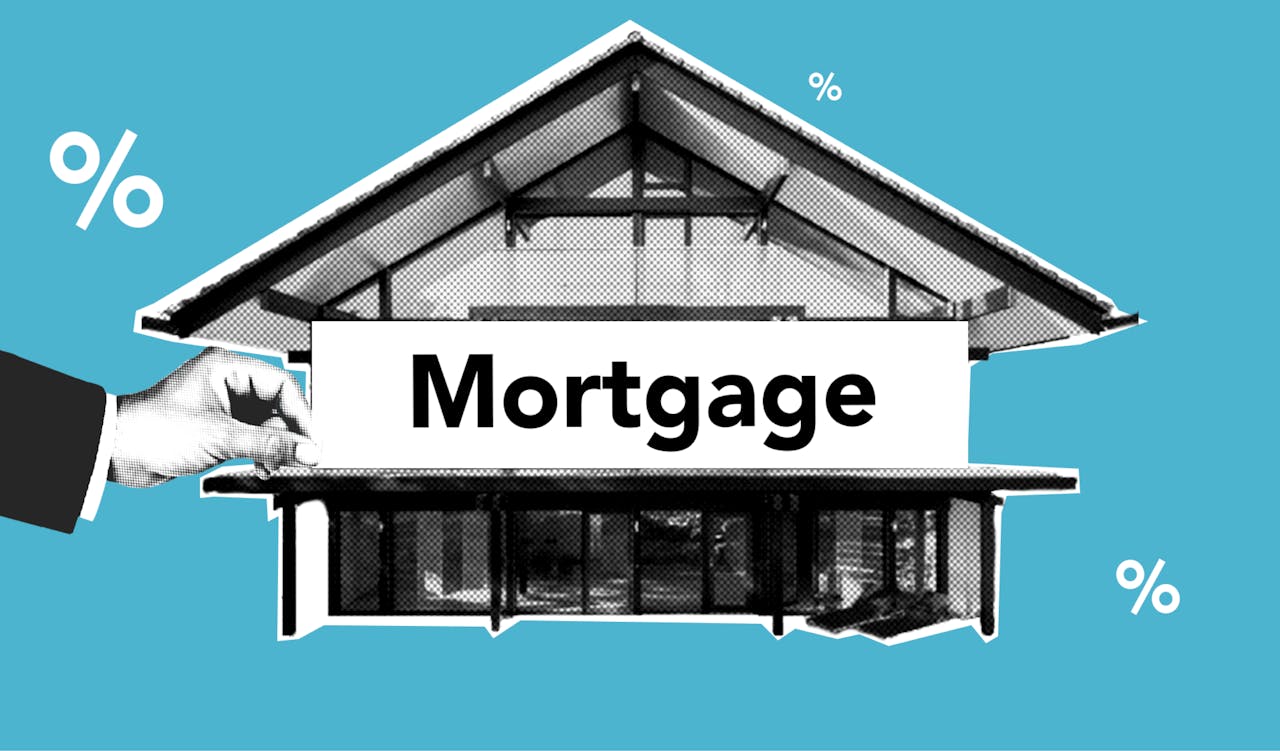2024 Housing Market Trends: The Impact of Mortgage Rates
As we move into 2024, the housing market continues to be a dynamic and ever-evolving landscape. One of the most significant factors influencing this market is mortgage rates. Fluctuations in these rates can have profound effects on homebuyers, sellers, and the overall real estate market. In this article, we will explore how current mortgage rates are shaping the housing market in 2024, examining their impact on affordability, demand, home prices, and the strategies buyers and sellers are employing in response to these changes.
Understanding Mortgage Rates
Mortgage rates refer to the interest charged on a mortgage loan. These rates can vary based on several factors, including the Federal Reserve’s monetary policy, inflation, and economic conditions. In 2024, mortgage rates have experienced fluctuations due to ongoing economic uncertainties, inflationary pressures, and the responses of the Federal Reserve.
The Current Landscape of Mortgage Rates in 2024
As of early 2024, mortgage rates have been notably elevated compared to the historically low rates seen during the pandemic. According to recent data, average 30-year fixed mortgage rates have hovered around 7% to 8%, significantly impacting homebuyers’ purchasing power. Higher rates mean larger monthly payments, which can deter potential buyers from entering the market.
The Impact of Mortgage Rates on Home Affordability
One of the most immediate effects of rising mortgage rates is the impact on home affordability. As interest rates increase, the cost of borrowing also rises, leading to higher monthly payments for buyers. This has caused many prospective homeowners to reassess their budgets and home-buying plans.
1. Decreased Buying Power
For example, a buyer looking to purchase a $400,000 home at a 3% interest rate would have a monthly payment of approximately $1,686. However, if mortgage rates rise to 7%, the monthly payment for the same home jumps to about $2,661. This significant increase can push many buyers out of the market or force them to settle for lower-priced homes.
2. Shift in Buyer Demographics
As a result of decreased affordability, the profile of homebuyers has shifted. First-time buyers, who typically have less equity and smaller down payments, are finding it increasingly challenging to enter the market. In contrast, buyers with more substantial financial resources or existing homeowners looking to upgrade may be better positioned to navigate the higher rates.
The Effect on Housing Demand
Rising mortgage rates have also had a cooling effect on housing demand. With higher costs associated with financing a home, many potential buyers are delaying their purchases or opting to rent instead.
1. Reduced Buyer Competition
As fewer buyers can afford homes, the competitive bidding wars that characterized the previous years have diminished. This shift has given buyers more negotiating power and may lead to more favorable purchase conditions, such as lower prices and fewer contingencies.
2. Increased Rental Demand
As homeownership becomes less accessible, many individuals and families are turning to rental markets. This increase in rental demand has led to rising rental prices in many regions, further complicating the affordability crisis.
Impact on Home Prices
The relationship between mortgage rates and home prices is complex. Higher mortgage rates typically lead to lower home prices, but other factors can influence this dynamic.
1. Home Price Adjustments
In response to rising interest rates, some sellers have begun to adjust their asking prices to attract buyers. Homes that might have sold for premium prices in the past are now seeing price reductions as sellers become more motivated to close deals in a slower market.
2. Regional Variations
However, not all regions are experiencing the same effects. Some housing markets remain resilient, with strong demand driving home prices upward despite rising rates. Cities with robust job markets and desirable amenities may continue to see price increases, while areas with less demand may experience more significant declines.
Strategies for Buyers in a High-Rate Environment
For homebuyers navigating the current market, there are several strategies to consider to mitigate the impact of rising mortgage rates:
1. Get Pre-Approved Early
Securing pre-approval for a mortgage can give buyers a better understanding of their budget and streamline the home-buying process. Pre-approval also shows sellers that the buyer is serious and financially capable.
2. Consider Adjustable-Rate Mortgages (ARMs)
In a high-rate environment, buyers may want to consider adjustable-rate mortgages (ARMs). These loans typically offer lower initial rates for a fixed period before adjusting, potentially providing significant savings in the early years of homeownership.
3. Negotiate Closing Costs
With decreased competition among buyers, there may be opportunities to negotiate closing costs and other expenses with sellers. This can help alleviate some of the financial burdens associated with buying a home.
4. Explore First-Time Homebuyer Programs
First-time homebuyers should explore available assistance programs, which may offer grants, down payment assistance, or favorable loan terms to make homeownership more attainable.
Strategies for Sellers in a High-Rate Environment
For homeowners looking to sell in a high-rate environment, it’s essential to adopt strategies that cater to current market conditions:
1. Price Competitively
Given the decreased buyer demand, it’s crucial for sellers to price their homes competitively. Homes that are priced too high may sit on the market longer, leading to price reductions later on.
2. Enhance Curb Appeal
Investing in curb appeal and minor home improvements can make a property more attractive to buyers. Simple updates can help a home stand out in a crowded market.
3. Be Flexible with Offers
Sellers may need to be more flexible in negotiations, such as considering buyer contingencies or covering some closing costs to close the deal.
The Future of Mortgage Rates and the Housing Market
Looking ahead, the trajectory of mortgage rates will continue to be a critical factor shaping the housing market. Several variables will influence rates, including inflation trends, Federal Reserve policy decisions, and overall economic conditions.
1. Potential Rate Stabilization
While mortgage rates have risen sharply, some analysts predict that rates may stabilize or even decrease by the end of 2024. This potential stabilization could renew buyer interest and stimulate demand in the housing market.
2. Long-Term Trends
Despite short-term fluctuations, long-term trends indicate a continued need for housing. As population growth and economic recovery progress, demand for homes is likely to persist, even if mortgage rates remain elevated.
Conclusion
As we navigate the housing market in 2024, it is clear that current mortgage rates play a significant role in shaping homebuyer and seller behavior. Rising rates have created challenges for buyers, leading to decreased affordability, reduced demand, and a more competitive market landscape. However, with the right strategies and understanding of market dynamics, both buyers and sellers can navigate these changes effectively.
For prospective homebuyers, it’s essential to remain informed, be prepared to adapt to evolving conditions, and explore creative financing solutions. On the other hand, sellers must be ready to adjust their expectations and marketing strategies in response to changing market dynamics. Ultimately, staying informed about mortgage rates and their impact on the housing market will be crucial for anyone looking to buy or sell a home in 2024.





